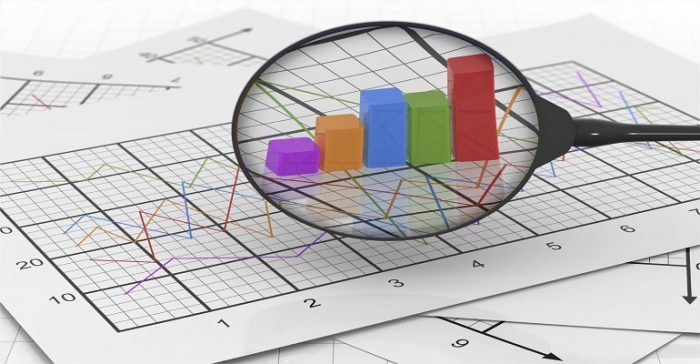Con Edison: Demand Response Should Be Reformed to Revive Multiple Customer and Grid Benefits
Greentech Media, August 23, 2016
Demand response technologies are evolving. Grid operators at the local and wholesale levels are using these technologies to improve grid management, add more flexibility, and improve reliability to meet customer needs in cost effective ways. Regulators can facilitate demand response so that it will provide flexibility and environmentally friendly options for grid management.
But there are barriers to flexibility in New York.
Con Edison believes current limitations that inhibit participation in wholesale and retail markets should be removed for residential, commercial and industrial customers and other direct enrollees who are providing demand reduction resources benefiting demand response programs.
Demand response program participants reduce demand on the energy grid when called upon to do so. In New York, they provide value and rightfully receive payments from Con Edison, or the grid operator — the New York Independent System Operator (NYISO) — when they do. Those payments help to provide funding for these investments, and are an important consideration in adoption of the enabling technologies. Participating residential and commercial customers typically provide small amounts of reductions that collectively add up. Actions taken to reduce demand on the energy grid can include cycling air conditioning units, or closing down a few elevator banks in office buildings.
Con Edison’s local demand response programs have been in place since 2001, with hundreds of residential, commercial and larger industrial customers located in every borough of New York City and Westchester. Together, they make up over 180 megawatts of resources — equivalent to a mid-sized power plant.
NYISO runs its own wholesale demand response programs. Until recently, the same customers were able to participate in both programs. This made sense, as each program uses what the customer provides for distinct energy grid benefits: Con Edison’s programs are used for the utility’s local energy grid; the NYISO’s program calls the resources for the wholesale energy grid needs.
Activation of requests to these customers can be simultaneous, but for the most part, the needs don’t coincide. Past data shows that almost 60 percent of local demand response activations did not occur at the same time as wholesale activations (e.g., local activations occurred from 8 p.m. to midnight, while wholesale resources were called for from 2 p.m. to 6 p.m.). When the performance windows do overlap, the local and wholesale energy grid operators each make calls independently to meet separate objectives.
